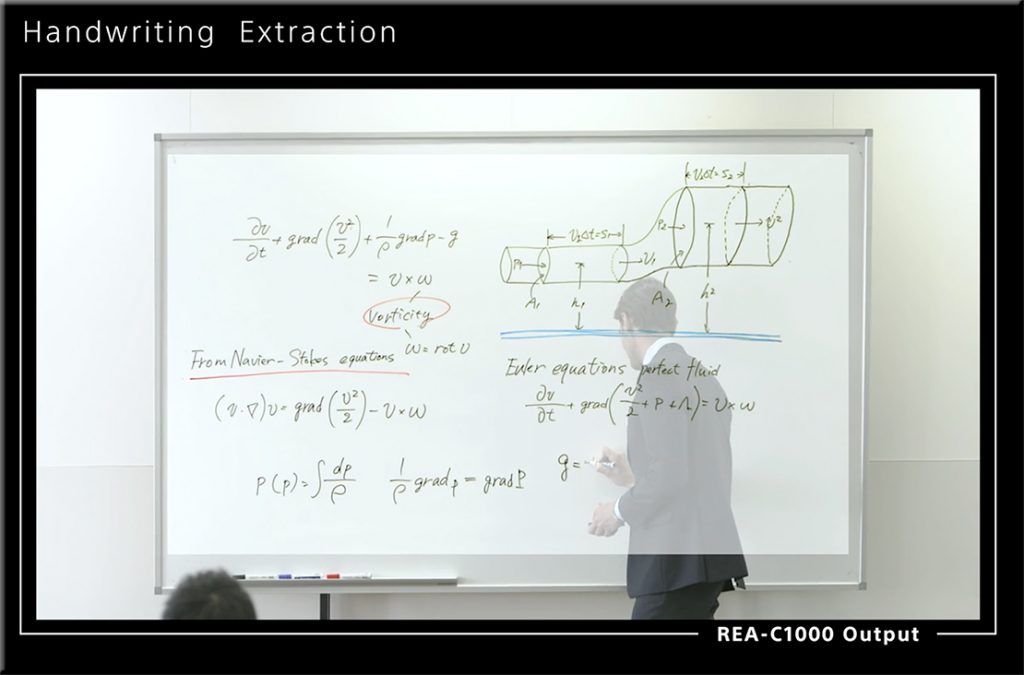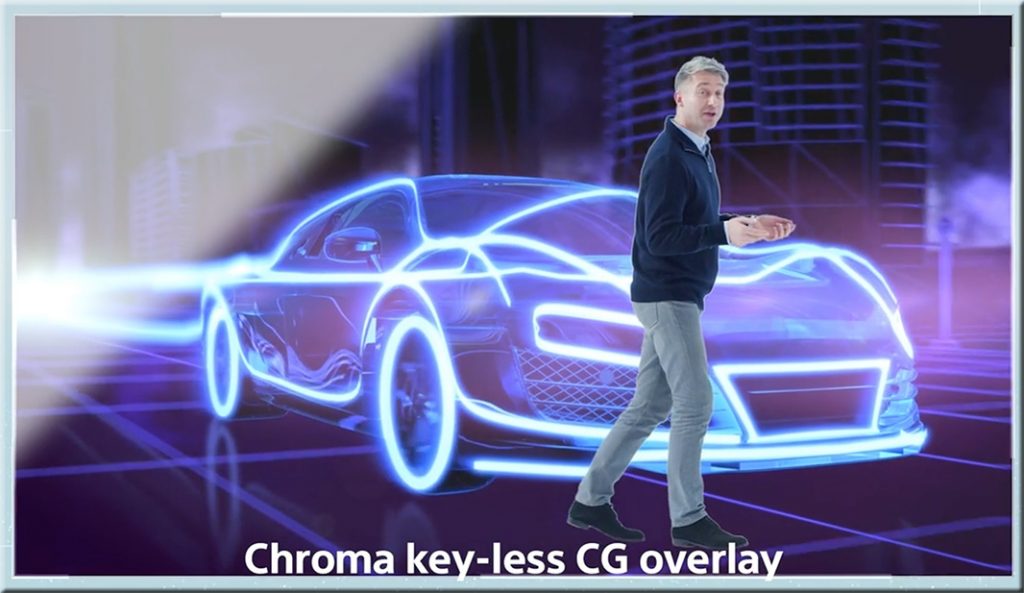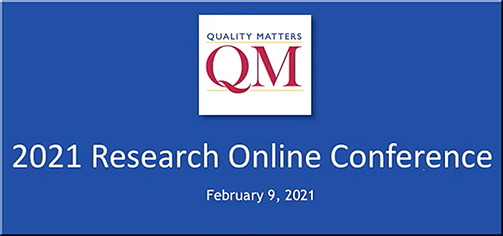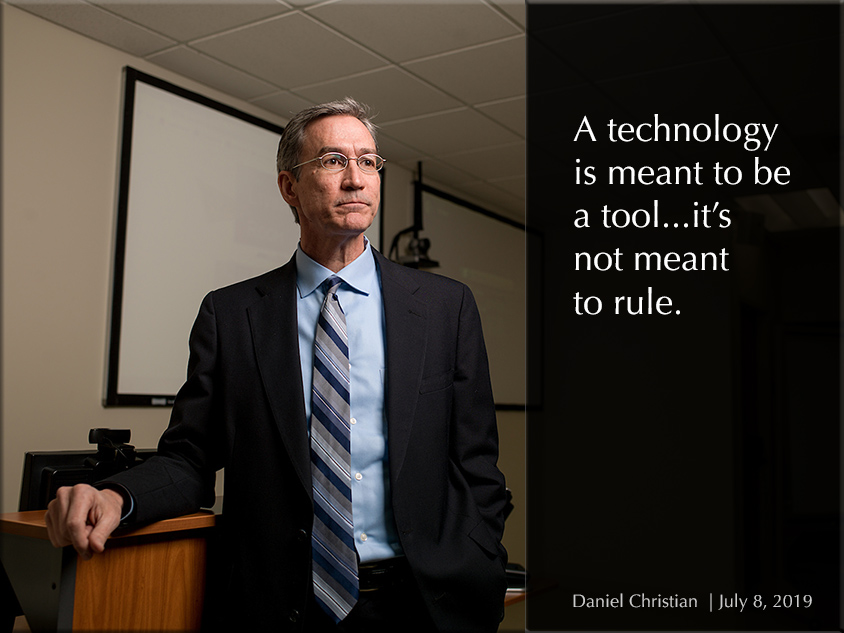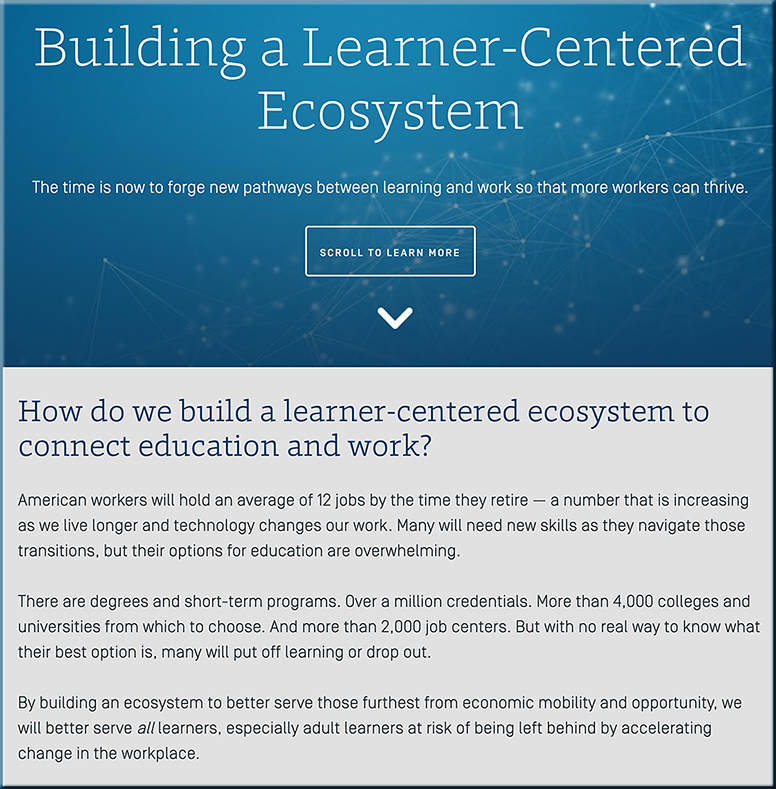Public Colleges Are Going After Adult Students Online. Are They Already Too Late? — from chronicle.com by Lee Gardner
Excerpts:
But competing with the established national players in online education presents a tall order. The so-called mega–universities have a huge head start and deep pockets, two advantages public universities are unlikely to overcome easily, if at all.
…
Mega-universities have spent more than a decade building and honing well-funded and sophisticated operations that function on a scale few start-ups can hope to match. They spend hundreds of millions of dollars each year marketing themselves nationwide to students.
Mega-universities have also developed recruitment and admissions operations designed to make things as easy as possible for working adults to enroll.










